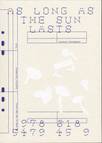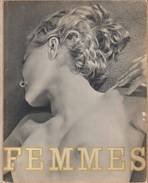Anders Ängsvik - Roadkill, Praun & Guermouche, 2020, Stockholm

Anders Ängsvik Roadkill

Anders Ängsvik Roadkill

Anders Ängsvik Roadkill

Sample page 1 for book "Anders Ängsvik – Roadkill", josefchladek.com

Sample page 2 for book "Anders Ängsvik – Roadkill", josefchladek.com

Sample page 3 for book "Anders Ängsvik – Roadkill", josefchladek.com

Sample page 4 for book "Anders Ängsvik – Roadkill", josefchladek.com
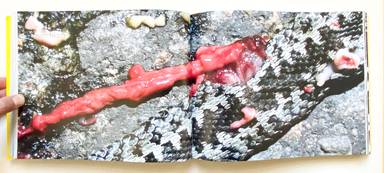
Sample page 5 for book "Anders Ängsvik – Roadkill", josefchladek.com

Sample page 6 for book "Anders Ängsvik – Roadkill", josefchladek.com

Sample page 7 for book "Anders Ängsvik – Roadkill", josefchladek.com
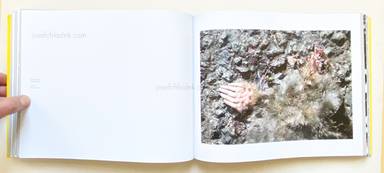
Sample page 8 for book "Anders Ängsvik – Roadkill", josefchladek.com

Sample page 9 for book "Anders Ängsvik – Roadkill", josefchladek.com

Sample page 10 for book "Anders Ängsvik – Roadkill", josefchladek.com

Sample page 11 for book "Anders Ängsvik – Roadkill", josefchladek.com

Sample page 12 for book "Anders Ängsvik – Roadkill", josefchladek.com

Sample page 13 for book "Anders Ängsvik – Roadkill", josefchladek.com

Sample page 14 for book "Anders Ängsvik – Roadkill", josefchladek.com

Sample page 15 for book "Anders Ängsvik – Roadkill", josefchladek.com

Sample page 16 for book "Anders Ängsvik – Roadkill", josefchladek.com

Sample page 17 for book "Anders Ängsvik – Roadkill", josefchladek.com

Sample page 18 for book "Anders Ängsvik – Roadkill", josefchladek.com

Sample page 19 for book "Anders Ängsvik – Roadkill", josefchladek.com

Sample page 20 for book "Anders Ängsvik – Roadkill", josefchladek.com
Other books tagged Animals (see all)








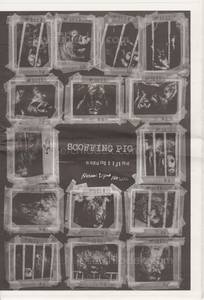
Other books tagged Cars (see all)



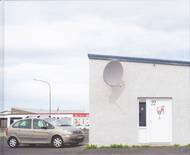





Other books tagged Swedish (see all)









Other books tagged Death (see all)





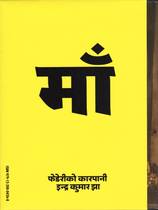



Other books tagged Road (see all)

Other books by Praun & Guermouche (see all)

Books to shop at anzenbergergallery-bookshop.com
Hardcover. Concept and design by Sandra Praun & Oscar Guermouche, text by Magnus Bärtås and Fredrik Ekman, edition of 600 copies.
Roadkill is based on artist Anders Ängsvik’s Project Overkill, where he takes on the role of nature photographer. Paradoxically he seeks out locations where nature is disrupted – highways: they are not considered to be part of nature yet they are not the opposite either. In his investigation of highways as biotopes, Ängsvik has photographed hundreds of animals, dead and alive, since 2006.
A selection of eight photographs from the series is spread out across the book, like sudden breaks on a journey. The photographs are presented in sequences including both details and the full images. The details of the up to 227-centimeter-wide photographs have been rendered in their actual size.
Throughout the book runs a text by Magnus Bärtås, Professor in Fine Art and writer, and Fredrik Ekman, writer. “Bye Bye Monkey” (previously published in Swedish in Orienterarsjukan och andra berättelser, Bokförlaget DN, 2001) uses the film Planet of the Apes (1968) as a springboard to debate man’s morbid fascination with animals. The text runs as a strip along the bottom of the grey pages, like voices from a car radio en route. The footnotes appear on the page like associative thoughts evoked on the journey. The yellow of the book’s endsheets along with the red bookmark, bring to mind the foreboding of the traffic signs.
Pages: 336
Place: Stockholm
Year: 2020
Publisher: Praun & Guermouche
Size: 29 x 23 cm (approx.)









